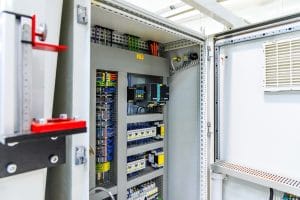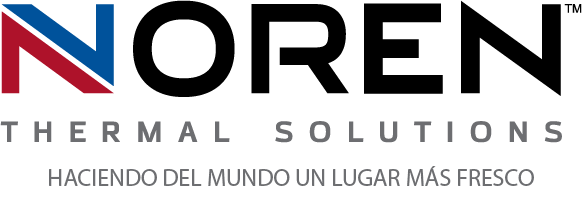 Companies in all industries these days are driven to innovate and implement greener techniques in their operations. That drive comes from several different factors, including consumer demands and, in many cases, legal requirements. This has led to companies completely rethinking how they operate and what technologies they implement, and often, heat exchangers have been at the forefront of the race. In virtually every industry, the process of cooling control panels and other electrical enclosures has traditionally been a huge factor in a company’s overhead, as well as on its overall energy usage. With heat exchangers, however, more eco-friendly enclosure cooling has become a staple of many companies’ push toward greener operations.
Companies in all industries these days are driven to innovate and implement greener techniques in their operations. That drive comes from several different factors, including consumer demands and, in many cases, legal requirements. This has led to companies completely rethinking how they operate and what technologies they implement, and often, heat exchangers have been at the forefront of the race. In virtually every industry, the process of cooling control panels and other electrical enclosures has traditionally been a huge factor in a company’s overhead, as well as on its overall energy usage. With heat exchangers, however, more eco-friendly enclosure cooling has become a staple of many companies’ push toward greener operations.
Thermal management and environmental footprints
The reason electrical thermal management has traditionally been a burden is because of the technology used to accomplish it. Systems like air conditioners and air compression units are effective, but the more companies rely on advanced technology, the bigger the burden that electrical cooling becomes. Such systems utilize chemicals that could prove harmful to the environment (such as Freon), and require substantial amounts of energy to keep operational throughout the day. The more of these systems a company implements, the larger their environmental footprints grow. By contrast, heat exchangers use a fraction of the energy that traditional solutions require, and by utilizing only environmentally friendly cooling fluids, they have little or no impact on a company’s footprint.
More natural heat transfer concepts
It takes a lot to chill air and circulate it through an electrical enclosure, which is why traditional thermal management solutions required so much energy and maintenance. Heat exchangers eliminate the burden by approaching thermal management differently, using more natural heat transfer concepts instead. For example, through phase-change cooling, heat exchangers can harness the latent heat of vaporization of a cooling fluid such as water. As the fluid absorbs waste heat, it evaporates, becoming less dense and easier to transfer away from the heat source. Once the heat is dissipated, the fluid condenses back to liquid and continues the heat transfer cycle.
Customizing greener thermal solutions
By transferring heat instead of circulating chilled air, heat exchangers provide a much greener method of cooling electrical enclosures and control panels for a wide range of applications. However, their eco-friendliness is only one of the important benefits of heat exchangers. Because of their simplified heat transfer methods and innovative design, heat exchangers are also a highly customizable solution to some of the most demanding thermal management applications. For more information about making operations greener with eco-friendly enclosure cooling, call Noren Thermal Solutions in Taylor, TX, at 866-936-6736.







